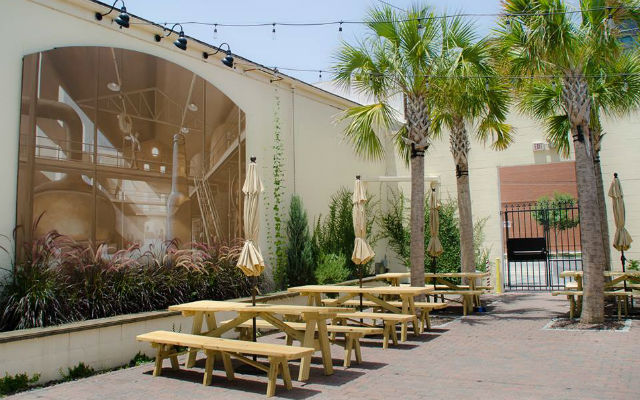
Getting hands-on exposure can be key to a packaging employee. Furthering education is a key for the Master Brewers Association of the Americas as the organization held a seven-week packaging technology hybrid course. Course Director Jim Kuhr shared that no matter what the subject matter is, the MBAA wants the sessions to be practical and hands-on, not so much theoretical.
“We want (students) to be able to go back to the brewery the next day and apply something that they learned,” he explained.
Each week there are four or five subjects that are explored and instructors try to narrow it down to three things that a student can take home from the lessons.
“Not everything fits in that nice and neat, but that’s what we try to achieve,” he explained.
The course is designed for students who have a fundamental understanding of packaging.
READ MORE: Knowing When To Upgrade Your Packaging
“It’s not entry-level content,” Kuhr said. “We want to make sure that students have a couple of years under their belt in the field. They have a fundamental understanding of what the process is, and where their struggles are, and they know where they need to spend some time to make things better.
“We try to expose them to best practices, the pros, and cons of different options on ways to approach solutions. Then probably as important as anything, is they build a network of fellow students as well as instructors — or subject matter experts — that teach the course that the learning goes on well after the course ends.”
The previous format was for a student to spend two weeks in Madison, Wisconsin in a classroom setting. In 2021, the course was done all online and it switched to a hybrid format with six weeks of independent studies and meetings online each week followed by a week-long meet-up in person.
“This way, we’ve just got a few bites of information each week, and the next day after they learn it, they’re back at work and they can apply it,” Kuhr said. “Hopefully, they see more practical application and results, not only for themselves but their co-workers and bosses and owners see the value of sending somebody to the course.”
Kuhr said the MBAA has seen a big shift in the attendees over the last decade from mostly larger breweries to almost all craft brewers.
“I think with the two-week course, the big brewers were more able to give somebody two weeks off to do that and cover for them,” he said. “But it is certainly an easier pill to swallow as far as time commitment goes, a student has six weeks of 10-15 hours worth of content to absorb every week leading up to that.
“So it’s a big commitment on the students’ part.”
This particular course finished up with an extensive on-site project at Octopi Brewing along with a tour of the facilities at ProBrew.
“I think it’s important, whether you’re talking to farmers who grow barley or hops, and the suppliers who convert that into the raw materials the brewers use, or in this case, the people who are building the machinery that we use every day, to connect, and see how that process happens,” Kuhr said. “It may not always seem applicable to the person at the time, but down the road, they may remember they saw how they were putting a piece together. To me, it’s important to get out there and see who makes your stuff, you know?
“I think it’s good for the manufacturer, to see the clients as well, and hear the unedited comments from a student about what works for them and what doesn’t.”
At ProBrew, the company had three or four fillers that were in the process of being built on the floor and the students were able to spend time talking to the technicians candidly.
“It was great that the technicians were there working on it and the students had no issue going up to them to ask about this, that, or the other thing,” Kuhr said. “One technician even started up one of the machines and ran some test cans through as they were watching. I thought that was great. It wasn’t just a guided tour.”






1 Trackback / Pingback